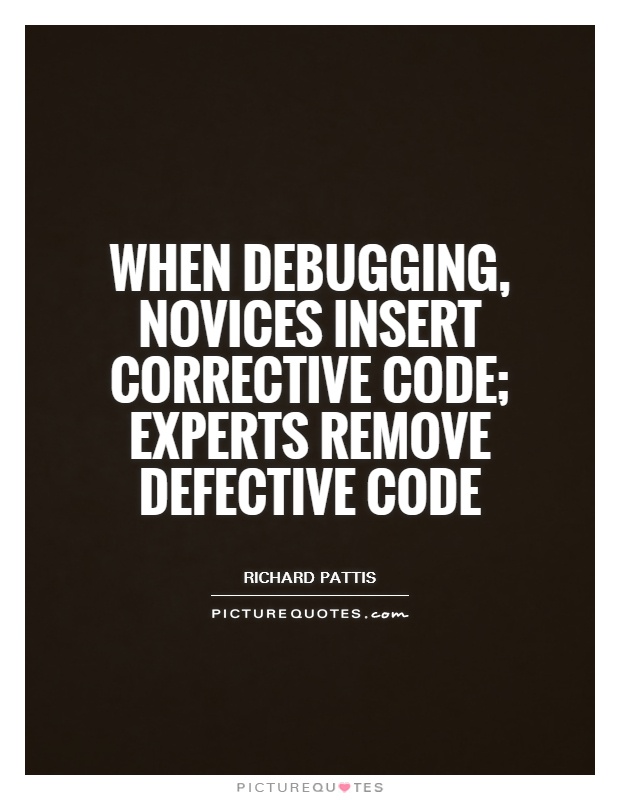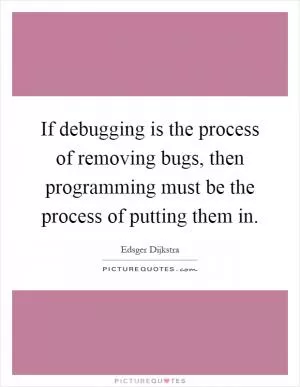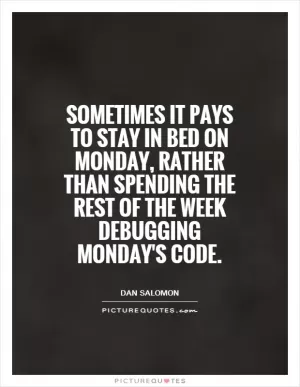When debugging, novices insert corrective code; experts remove defective code

When debugging, novices insert corrective code; experts remove defective code
Richard Pattis, a computer science professor at the University of California, Irvine, is well-known for his work in the field of computer programming education. One of his most famous quotes is, “When debugging, novices insert corrective code; experts remove defective code.” This statement perfectly encapsulates the difference in approach between beginners and experienced programmers when it comes to fixing errors in their code.Novices, when faced with a bug in their program, often resort to adding more code in an attempt to fix the issue. This can lead to a cluttered and convoluted codebase, making it harder to identify the root cause of the problem. Novices may not have a deep understanding of the underlying principles of programming and may rely on trial and error to try to resolve the issue. This can result in a patchwork of fixes that may not address the underlying problem and can introduce new bugs into the code.
On the other hand, experts like Richard Pattis approach debugging with a more systematic and methodical mindset. Instead of adding more code, they focus on removing the defective code that is causing the issue. Experts have a deep understanding of programming concepts and are able to analyze the codebase to identify the root cause of the problem. By removing the faulty code, they are able to streamline the program and eliminate unnecessary complexity.
Richard Pattis’ quote highlights the importance of simplicity and elegance in programming. Experts understand that the best code is often the simplest code, and they strive to write clean and efficient code that is easy to maintain and debug. By removing defective code instead of adding more code, experts are able to create more robust and reliable programs.












 Friendship Quotes
Friendship Quotes Love Quotes
Love Quotes Life Quotes
Life Quotes Funny Quotes
Funny Quotes Motivational Quotes
Motivational Quotes Inspirational Quotes
Inspirational Quotes